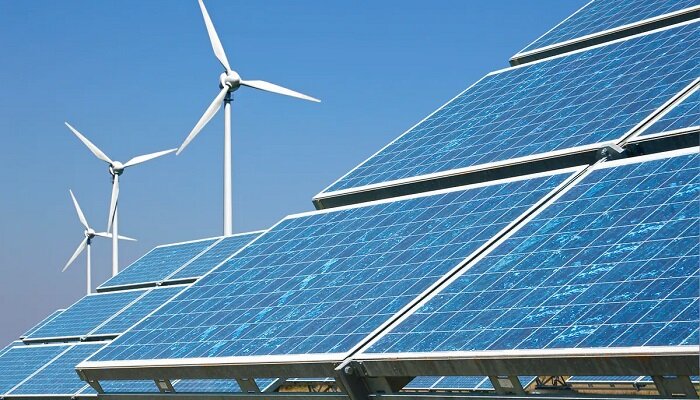A research team in Spain has developed an hourly mathematical model that reportedly allows for the optimal management of grid-connected renewable generation facilities and pumped hydro-energy storage with reversible pump turbine. The scientists tested the model on a potential pumped hydro-solar-wind complex in northern Spain and found that the combination of the three technologies may achieve considerable savings.
Scientists from the University of Zaragoza and renewable energy developer Atalaya Generación have introduced a novel optimization method for the management of pumped hydro storage integrated with grid-connected PV and wind power plants.
“The goal of this study is to develop an hourly mathematical model that allows for the optimal management of grid-connected renewable generation facilities and pumped hydro-energy storage with reversible pump turbine,” the scientists emphasized. “The model can take advantage of opportunities in the electricity market through the purchase and sale of excess energy generated to the grid.”
In the paper “Optimal scheduling and management of pumped hydro storage integrated with grid-connected renewable power plants,” published in the Journal of Energy Storage, the research group explained that the model is based on a mixed-integer optimization problem, which is a type of mathematical problem often used in energy scheduling.
“The model incorporates the purchase of energy through a contract indexed to electricity prices in the wholesale market,” the academics explained. “This assumption allows us to obtain an optimal economic dispatch for every hour. In addition, the model includes the possibility of selling surplus production at a price set in the electricity market every hour.”
The model assumes that evaporation losses do not affect the performance of the system, and that wind and solar power prioritize meeting the electricity demand required by the system each hour.
The researchers have used 2019 generation data from existing plants in Spain’s Ebro Valley. These plants are represented by 860 MW of PV facilities, 456 MW of wind farms and a pumped hydro storage facility with a storage capacity of 5,750 MWh. The wind farms are estimated to generate 1,352 GWh per year and the photovoltaic plants 2,065 GWh.
In order to analyze the techno-economic performance of the system, the scientists took as a benchmark the hourly prices of the Spanish wholesale electricity market set by the market operator OMIE in 2019. They compared the performance of the pumped hydro-wind-solar complex to that of a reference system without pumped hydro storage and found that the former reduces the cost of purchasing energy in the electricity market by up to 27 %.
“Compared to the case without storage, the integration of pumped hydro-energy storage reduces the amount of energy to be purchased from the electricity market to satisfy the demand by 20%, which implies an economic saving in the operation of the system of up to 27%,” they explained.
In addition, the scientists found that the system including the pumped hydro storage facility may help avoid energy curtailment.
“The application of the proposed model for the optimal operation of electrical systems based on renewable generation combined with large-scale pumped hydro storage helps improve the competitiveness and viability of power systems,” the researchers concluded. “The best decision is made every hour to reduce high energy costs and obtain efficient and resilient management of water use.”





































